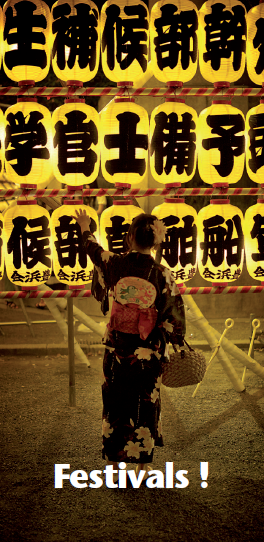
No33 [Focus] Festivals!
Whatever the season or the region there is always a traditional festival to go to. Here is a short guided tour. You can’t imagine visiting […]

Whatever the season or the region there is always a traditional festival to go to. Here is a short guided tour. You can’t imagine visiting […]
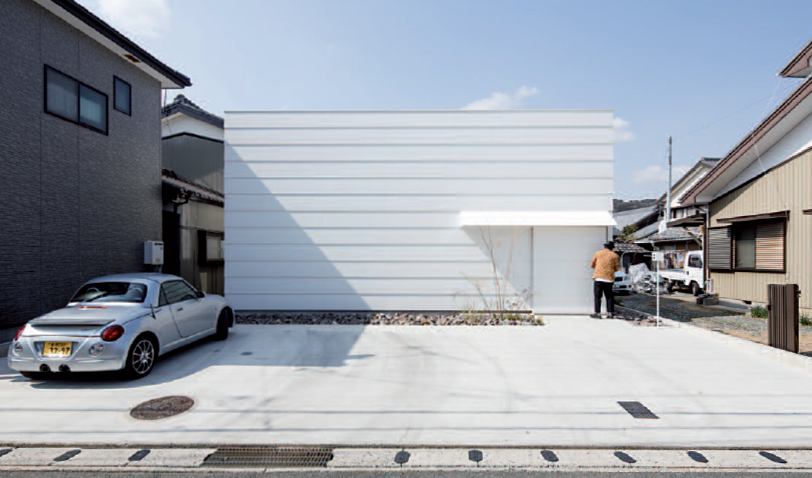
The reinterpretation of tradition is fundamentally important to the work of Atushi and Mayumi Kawamoto. Atsushi and Mayumi Kawamoto – the husband-and-wife partners who founded […]
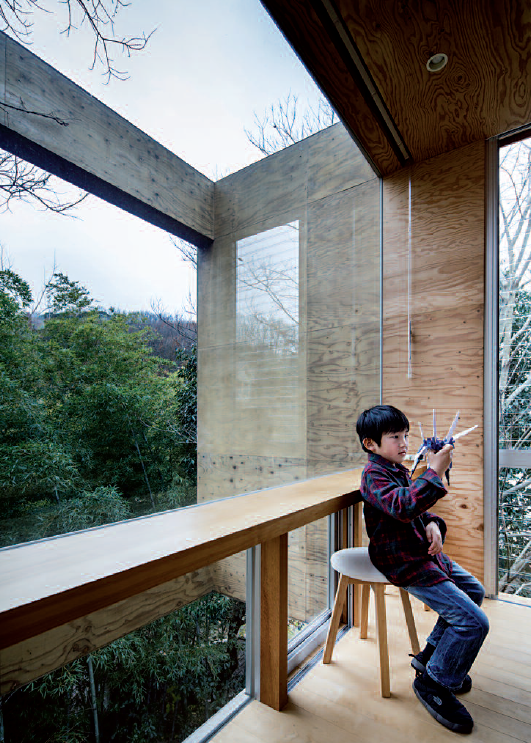
Maeda Keisuke champions the ideal of architecture working in harmony with the surrounding landscape. UID (an acronym for Universal Innovative Design) was founded by architect […]
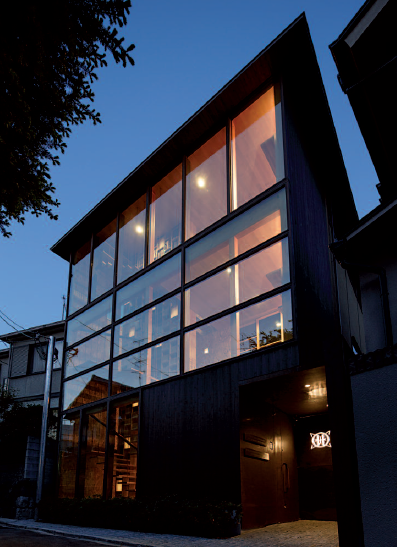
Manuel Tardits has lived in the archipelago for many years, and shares his fulfilling experiences as an architect there with us. “Does the imagination grow […]
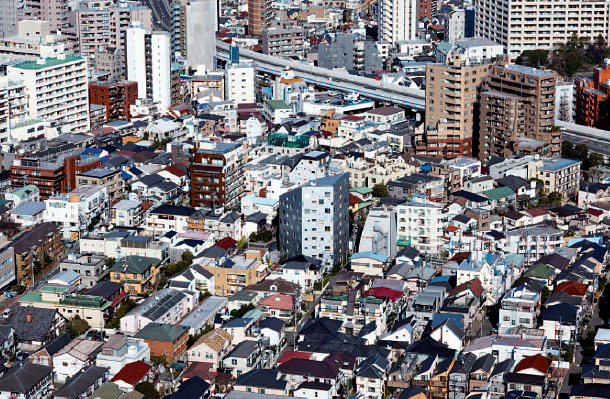
Japanese houses are not just works of art to be stared at in confusion on the pages of coffee-table books. What kind of images come […]
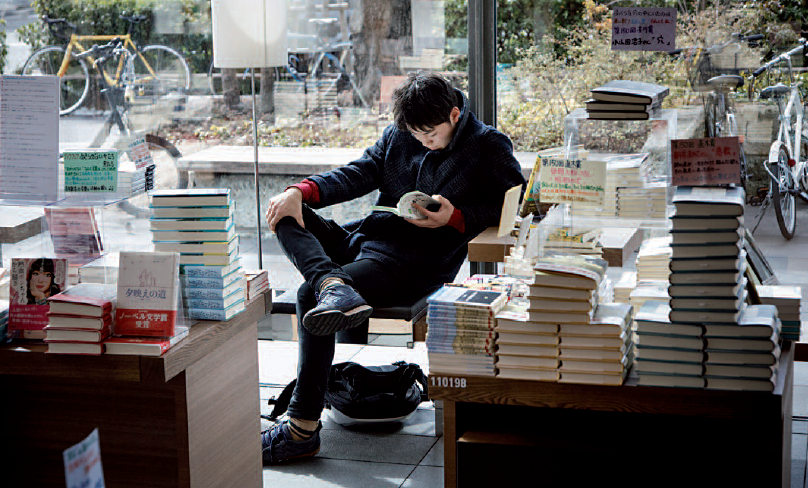
To celebrate our thirty-first issue, we would like to invite you on a journey of discovery into 31 books related to Japan. There are many […]
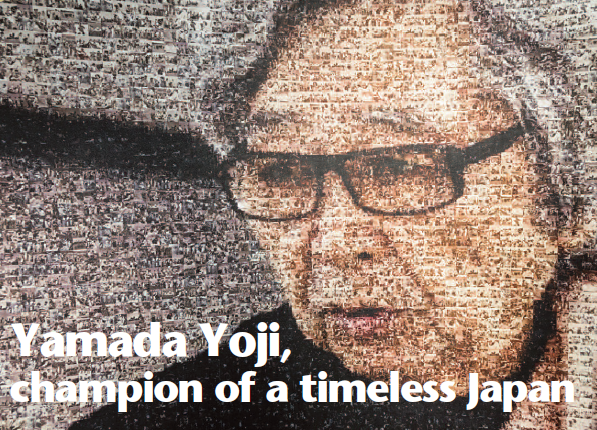
Immensely famous film director in Japan, but little known abroad, here is Yamada Yoji. When I was young I thought that Ozu’s movies were boring,” […]
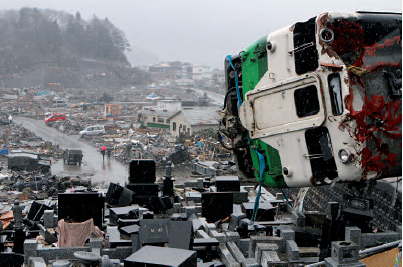
Four years after the tsunami that destroyed everything, including the railway, getting the service going again has been greeted with great enthusiasm locally. It took […]

Many wounds inflicted by the disaster remain unhealed. They need to be treated before people can move on. It was raining in the city of […]
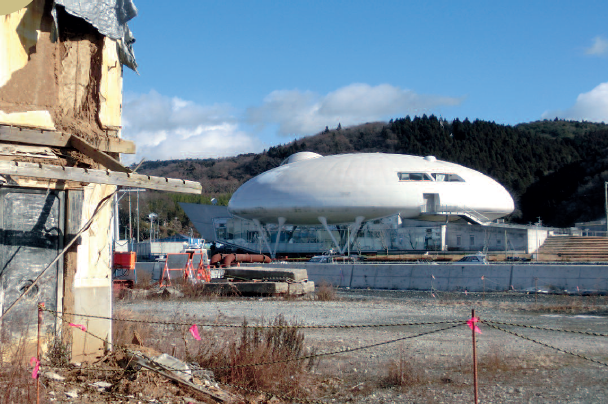
Four years have passed since the earthquake on the 11th of March 2011, and the city is starting to get back into shape once again. […]
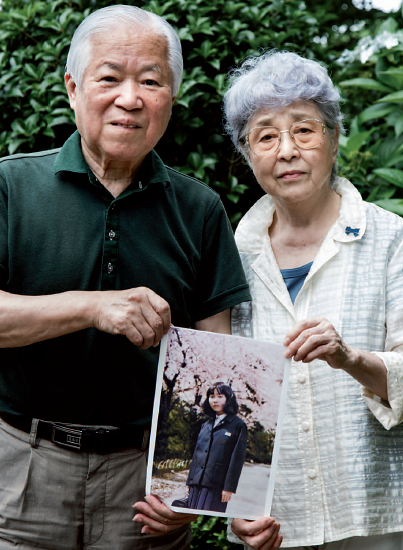
Abducted in November 1977, aged 13, her parents have been fighting for 37 years to bring her back to Japan. In a small living room […]
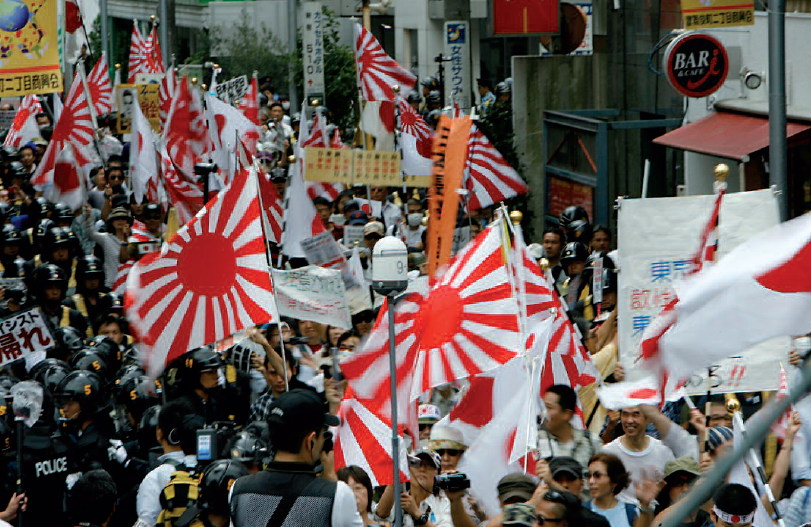
Relations between Japan and North Korea are complex, and the situation weighs increasingly heavily on Japanese society. On the 13th of January, TV news programmes […]
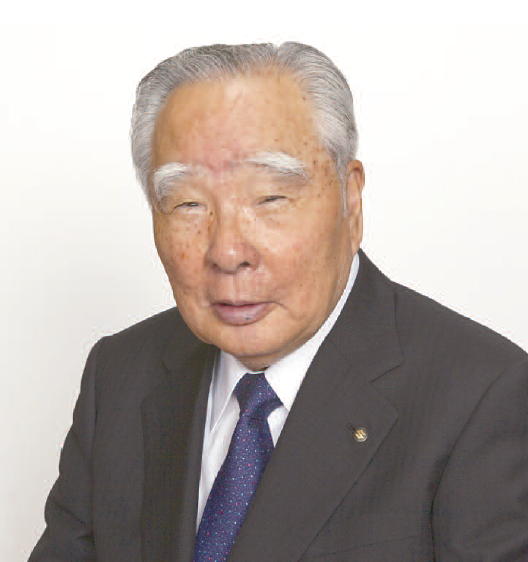
Hardly known outside Japan, Suzuki Osamu has still succeeded in exporting his brand around the world. The motor industry has always been dominated by larger-than-life […]
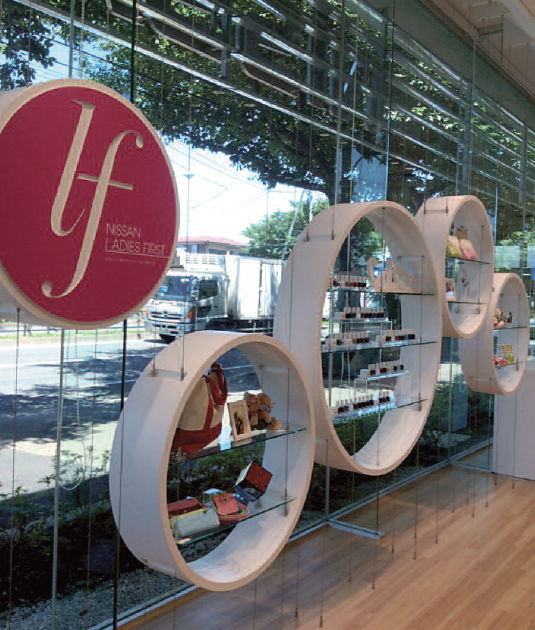
Aware of the importance of attracting female customers, Nissan has put together a new concept called Ladies First. Cars and engines are usually thought to […]
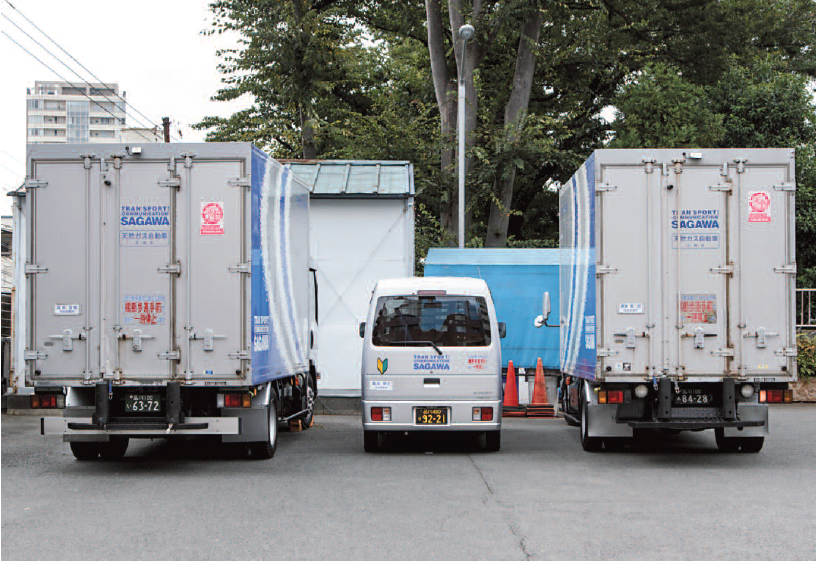
Keijidosha are all the rage, now making up 30% of all car sales throughout the nation. In most countries, car licence plates give useful information […]
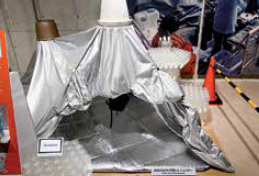
The head of the Tokyo Rinkai Disaster Prevention Park reminds us of a few common sense rules. According to the Japanese government, the chances of […]
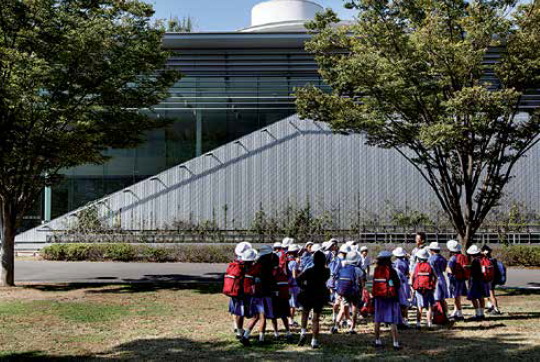
Vulnerable to the whims of nature, Japanese people learn to prepare for the worst through fun and games. Living in Japan is like sitting on […]
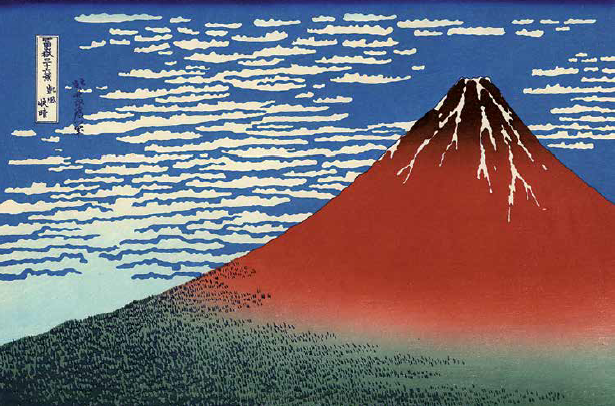
Despite the danger they sometimes present, these mountains of fire still have a powerful attraction for the Japanese. On the 27th of September, a few […]

A kappa, as imagined by Katsumata Susumu, an extract from issue 67 of Garo, October 1969. collection Claude Leblanc Yomota Inuhiko was a long standing contributor […]
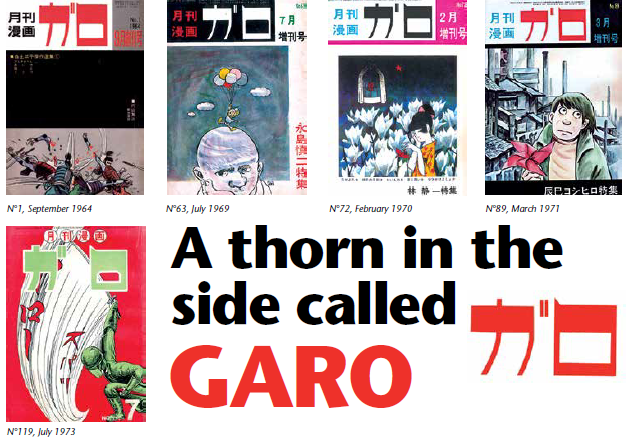
First published just fifty years ago, this magazine has not only had an impact on the world of manga, but also on Japanese society as […]
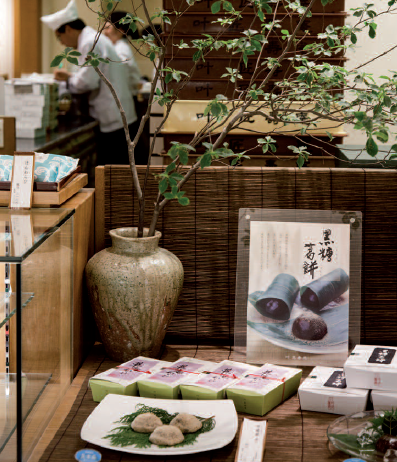
When you next travel to the Japanese capital, don’t forget to visit these magical places. here are some we recommend. Tokyo is the depachika capital […]
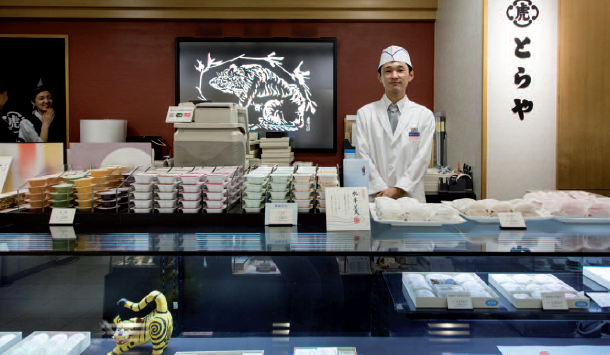
Set off on an adventure to discover one of Japan’s best-kept secrets: the basements of large department stores. According to some foreign visitors, Japan’s so […]
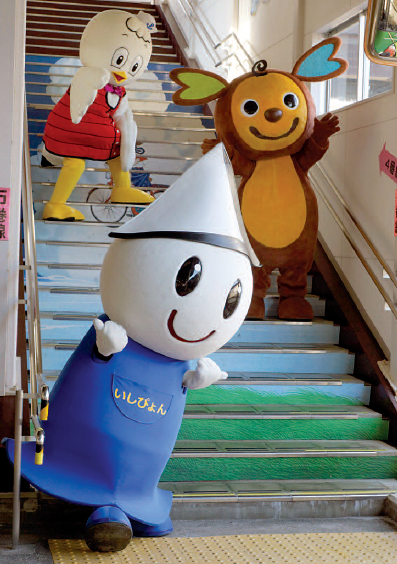
In Ishinomaki, in the region ravaged by 2011’s tsunami, mascots are a source of comfort. They have been the height of fashion lately, and one […]
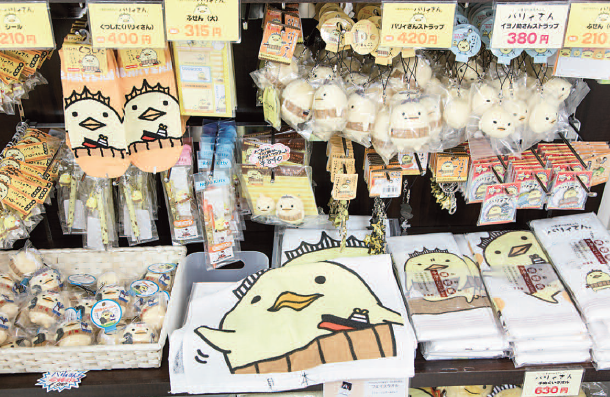
After becoming Japan’s favourite little characters, the rest of the world is now falling for this army of cheerful town mascots. You simply cannot miss […]
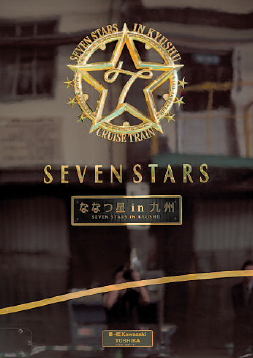
Since last October, you can discover Kyushu Island while on board an exceptional train designed by Mitooka Eiji. For the last ten years, the island […]
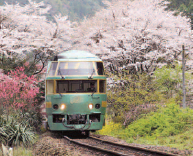
Yufuin no mori With an exterior that is curvaceous and rounded. This is a train that you immediately want to climb aboard when you see […]
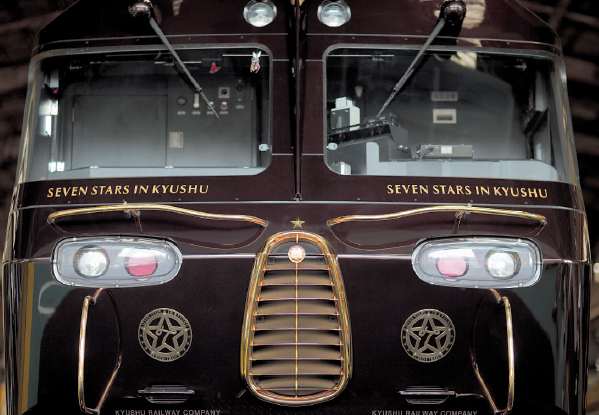
The idea of special excursion trains was first developed on Kyushu Island. They are now multiplying across the rest of the country. Travelling by train […]
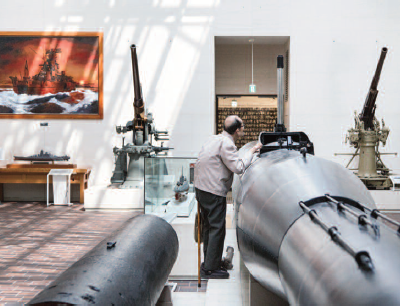
In Tokyo’s Yasukuni Shrine, the Yushukan Museum reveals its own version of the Second World War. Many countries try to arouse their national pride through […]
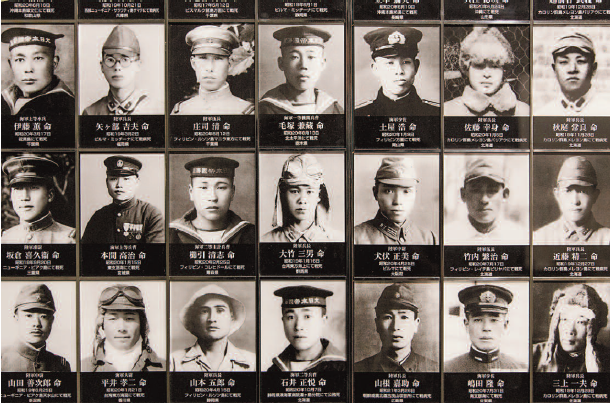
A visit to Yasukuni Shrine and provocative declarations means that the past never ceases to create waves. On December the 26th last year, Prime Minister […]
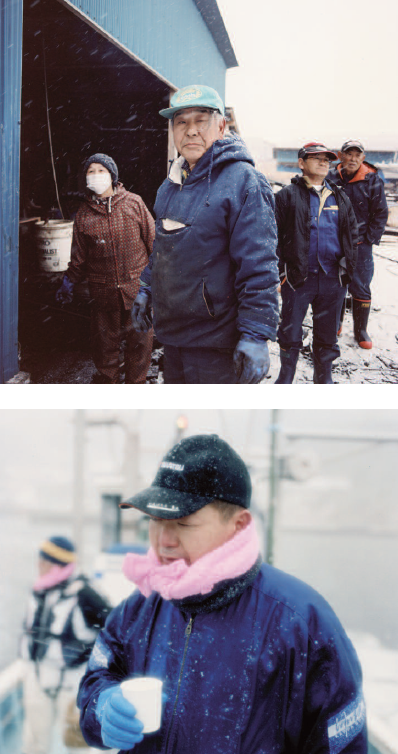
The Tohoku region is not only famous for its sake; the excellence of its fishing is also well proven. The areas hit by the tsunami […]
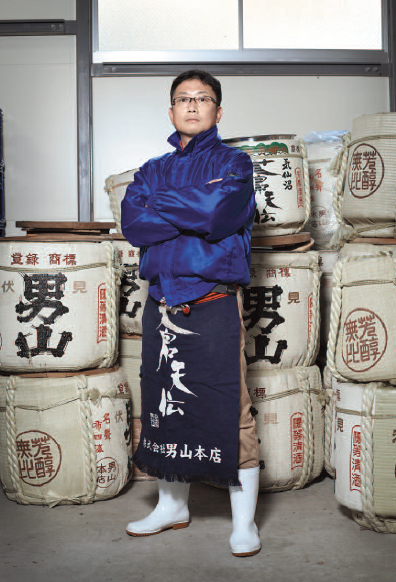
Master-brewer at the Otokoyama brewery, this former salesman carries on the tradition out of a deep love for his city. Otokoyama’s high quality sake brewed […]
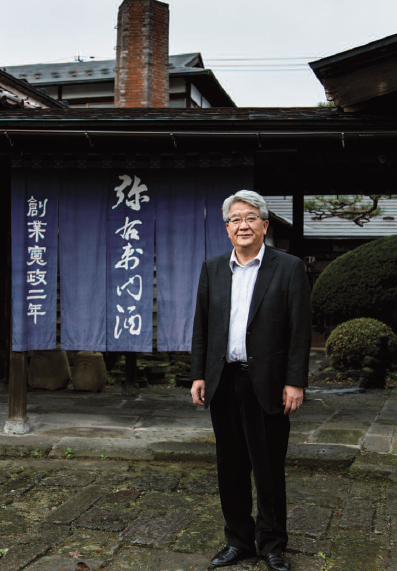
In Kitakata, the Yamatogawa brewery produces a 100% guaranteed alcohol while supporting the region’s producers. Situated at the extreme northwest of Fukushima, on the border […]
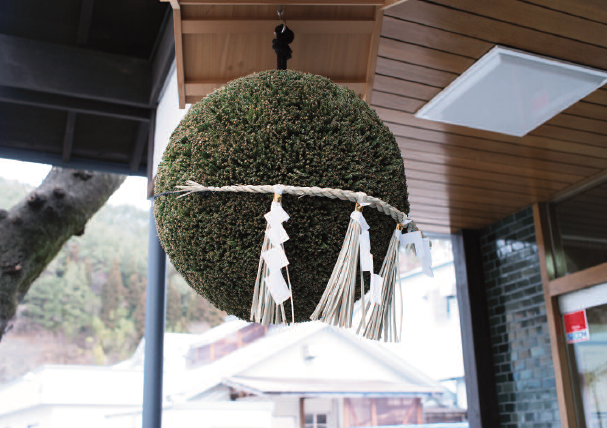
Badly damaged by the tsunami of March 2011, the region is being rebuilt, partly thanks to this drink of the gods. If I were asked […]
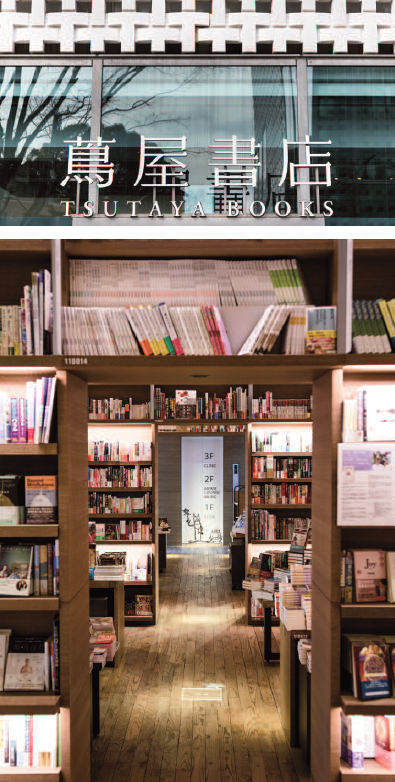
Not only is it architecturally remarkable, Tsutaya Daikanyama also owes its success to its original business model. This place made the Flavorwire website’s list of […]
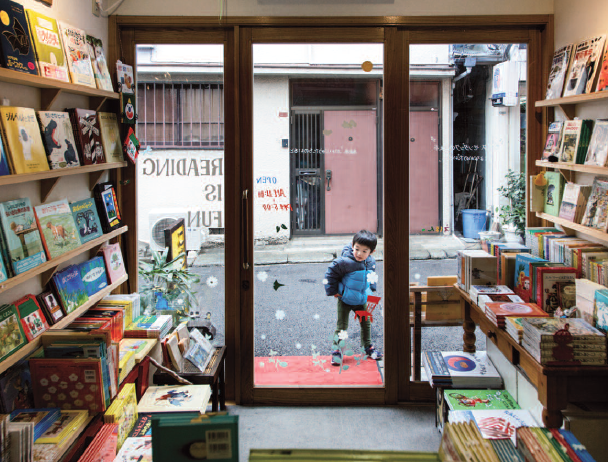
Created by a group of mothers, the Kodomo no honya bookshop’s reputation now stretches beyond the capital. Sometimes the best places in Tokyo are tucked […]
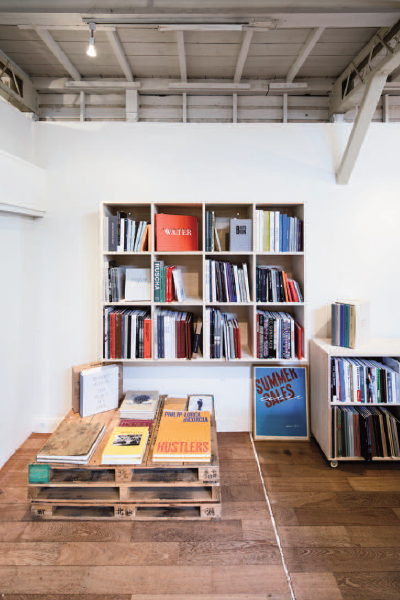
The manager of Post has chosen to promote one publisher at a time to enable their work to become better known. If you are tired […]

To give one the time to stop and think; this is the aim of the founders of Cow Books. Naka-Meguro is considered a hip […]

In 2013 there were 1,675 bookshops in the capital of Japan, compared to only 802 in London. Just as in other parts of the world, […]
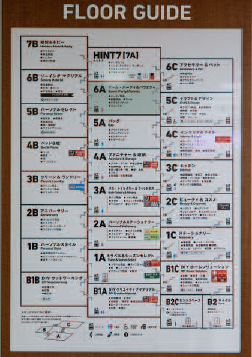
Even someone not often inclined to go shopping cannot resist the appeal of Tokyu Hands. Being someone who doesn’t like shopping and whose idea of […]
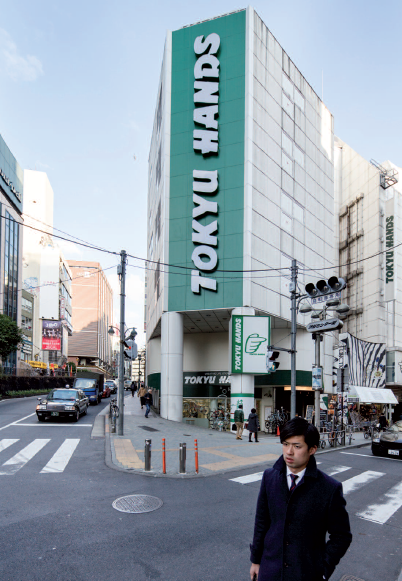
Located in the young district of Shibuya, this department store is a unique place frequented by a wide range of curious customers. To visit Tokyo […]
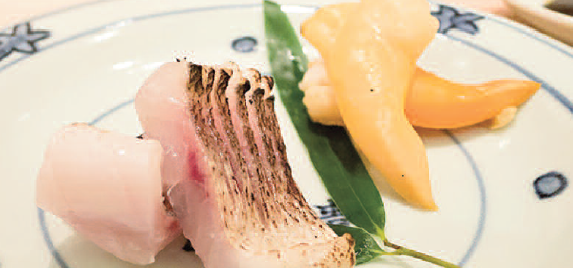
Noodle soups are a synonym for success. Here are two examples in Singapore and New York. Even purists do not consider ramen (noodles in broth) […]
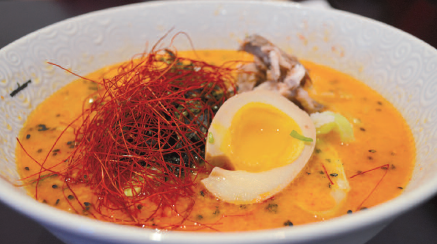
A country’s cuisine is of great importance to it, both culturally and economically. Many see its protection and preservation as being of vital importance. During […]
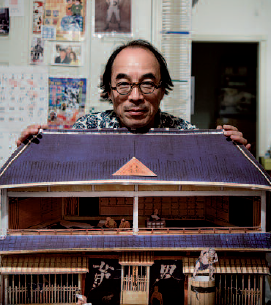
Machida Shinobu has made a study of sento for the past 30 years. He knows all the secrets of public baths. Taking a bath may […]
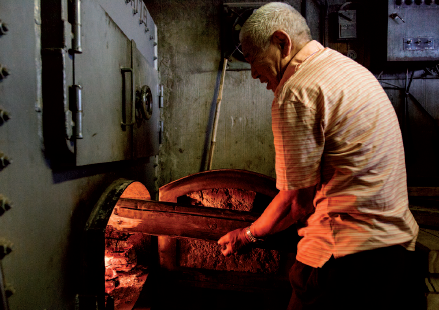
The Matsuyanagi family have been managing this establishment in Yotsuya for the past 45 years. It is growing in popularity again. The first time I […]

There is a list of words the sento user needs to know in order to take full advantage of the place. Entotsu – the chimney […]
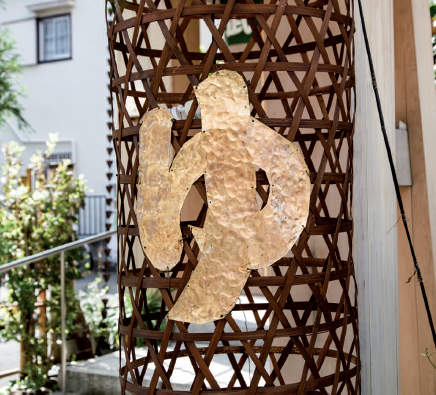
Washing and relaxing in very hot water is a ritual deeply embedded in Japanese life. It’s time to scrub each other’s backs. Whether CEO, beggar, […]
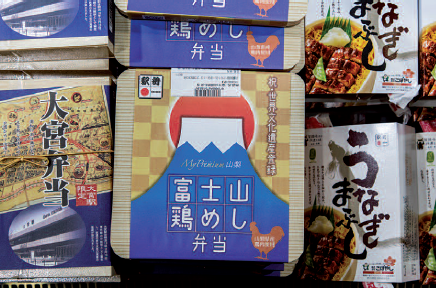
There exist approximately 3,000 varieties of ekiben across Japan. Zoom Japan is going to let you in on which ones are the best. Jérémie Souteyrat […]
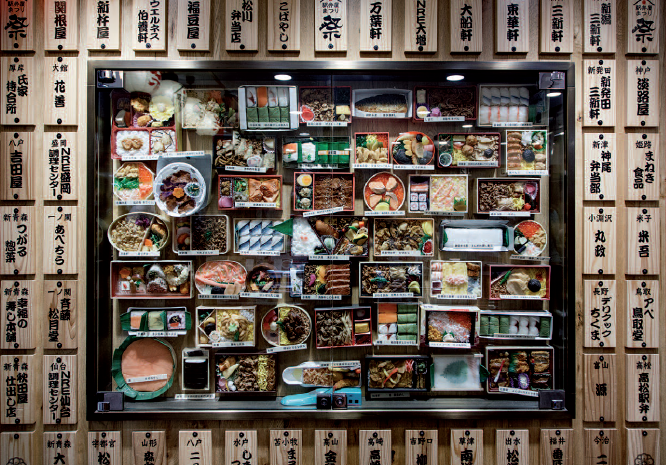
We investigated how the relationship the Japanese have with ekiben has changed over the last few decades. For many people in Japan, ekiben conjure up […]
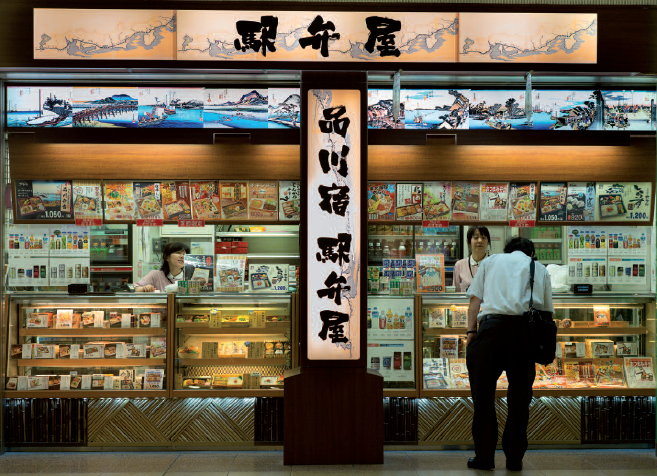
Since the end of the 19th century, the Japanese have known how to combine the pleasure of travelling with eating well, with the station lunch […]
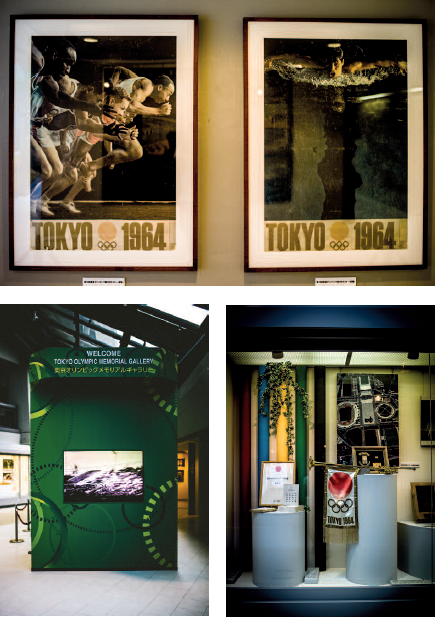
Little known to foreign visitors, and even to the Japanese themselves, the Tokyo Olympic Memorial Gallery is an original and interesting place where many souvenirs […]
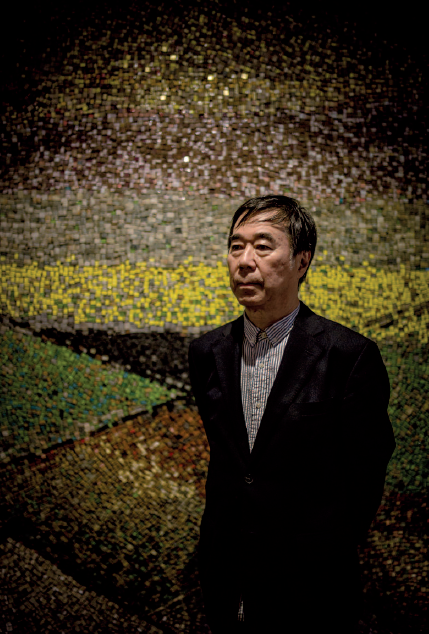
The famous columnist Kawamoto Saburo remembers this very important period for post-war Japan. For 45 years writer Kawamoto Saburo has chronicled Tokyo’s past and present. […]
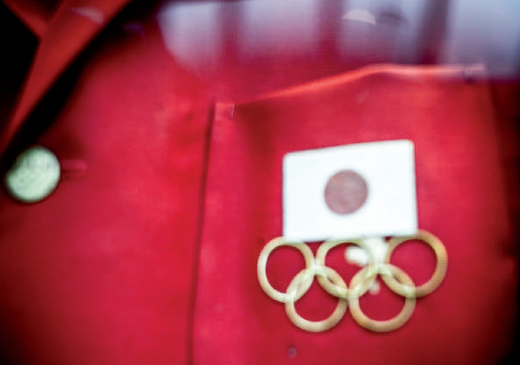
On September the 7th, the International Olympic Committee meets to decide which city will host the 2020 Games and Tokyo is in with a chance […]
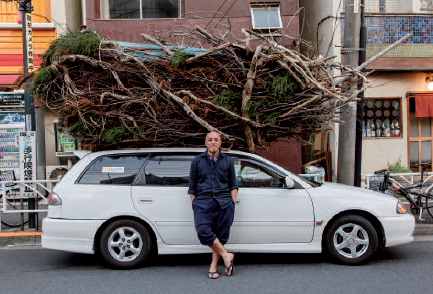
As you move away from the louder streets in the neighbourhood, you may have a few surprising encounters. Around the back of the trendiest streets […]
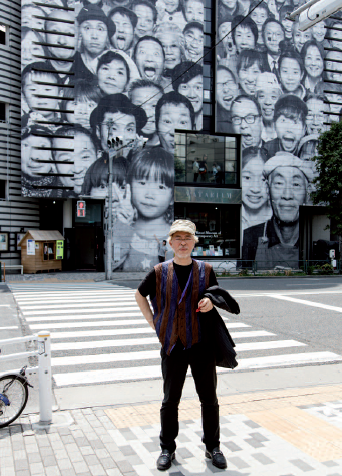
Watari Koichi, director of the Watarium, was born and raised in Harajuku. He will guide us through this area so dear to him. Harajuku is […]
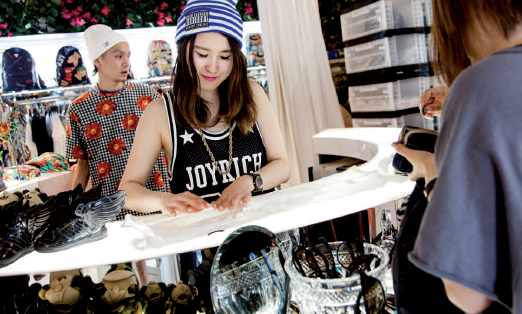
Artist Chocomoo has become very popular with many brands. Here she tells us more about her favourite places. This year’s rainy season has been quite […]
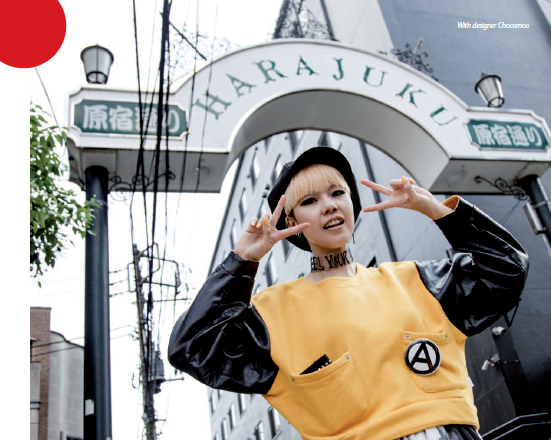
In the space of five decades, this ancient and once tranquil district has become one of the foremost centres for international fashion. It can’t be […]
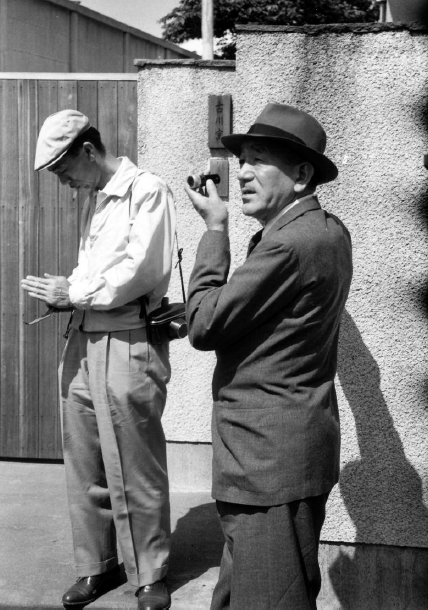
In several of his movies, Ozu Yasujiro placed his camera in Shitamachi’s popular quarters, in Tokyo. Ozu Yasujiro’s films tend to impress a distinctive mood […]
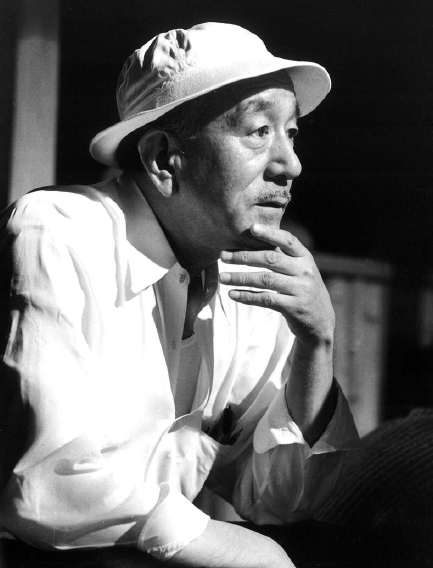
It’s been 50 years since he passed away. Now, during the year that also marks the 110th anniversary of his birth, let us rediscover his […]
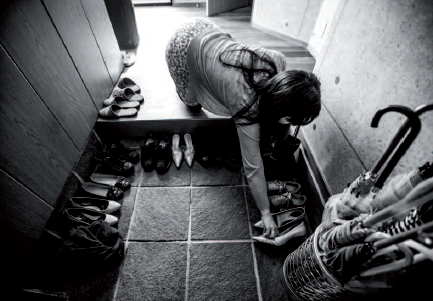
House sharing is currently developing as a significant societal trend, especially since the disasters of March 11th 2011. Household models and lifestyles in Japan have […]
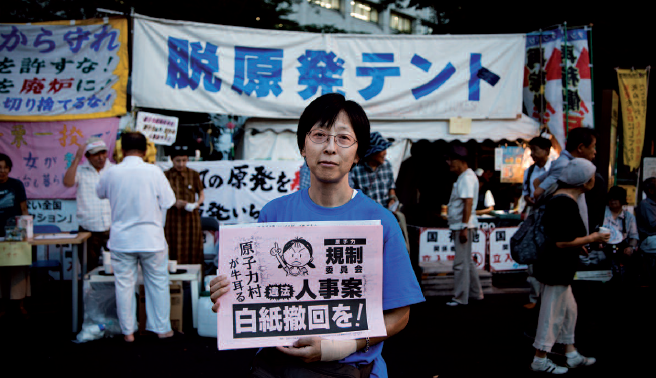
Even though she doesn’t have any children, Kusano Mie has understood that a healthy future needs to be ensured for birth rates to rise. At […]
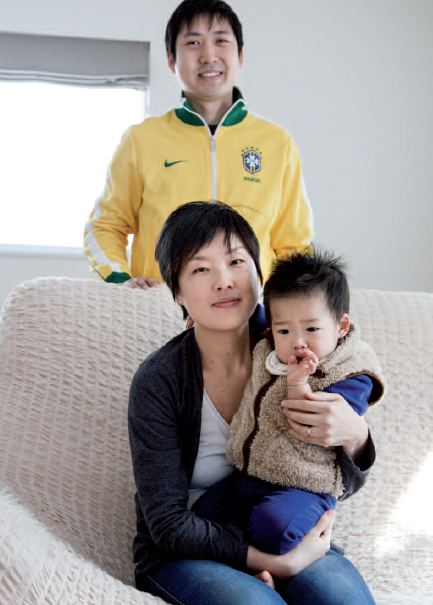
The tragic events of the 11th of March 2011 affected this couple’s dream of having many children. Saitama is a suburb in the northeast […]

If the Japanese are not having enough children, it’s their own fault. At least, that’s the opinion of one mother. Watanabe Junko has been married […]
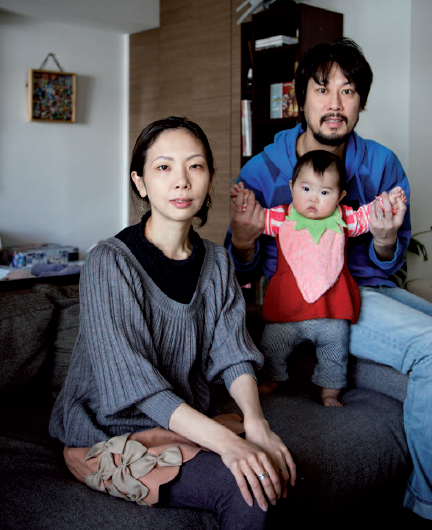
For the past few years, a new generation of fathers has been participating more in their children’s education. Kuromoto Kana chose to call her daughter […]
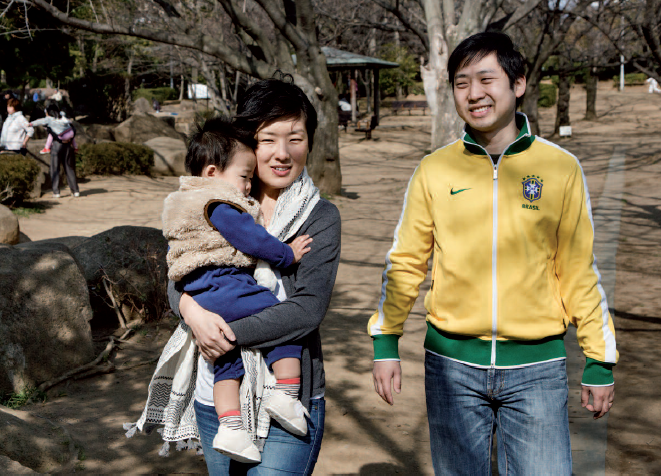
To start a family and have children isn’t an obvious choice in Japan anymore. Zoom Japan investigated. What does being a parent in Japan mean […]
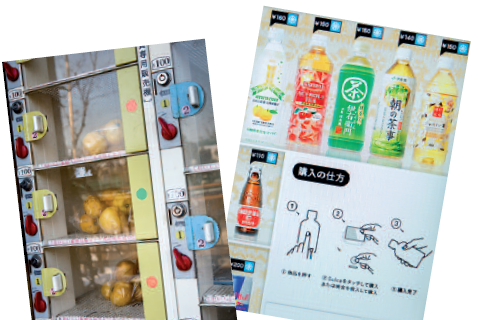
The country’s modernisation at the end of the 19th century coincided with the introduction of the first vending machines. Since then, they have become a […]
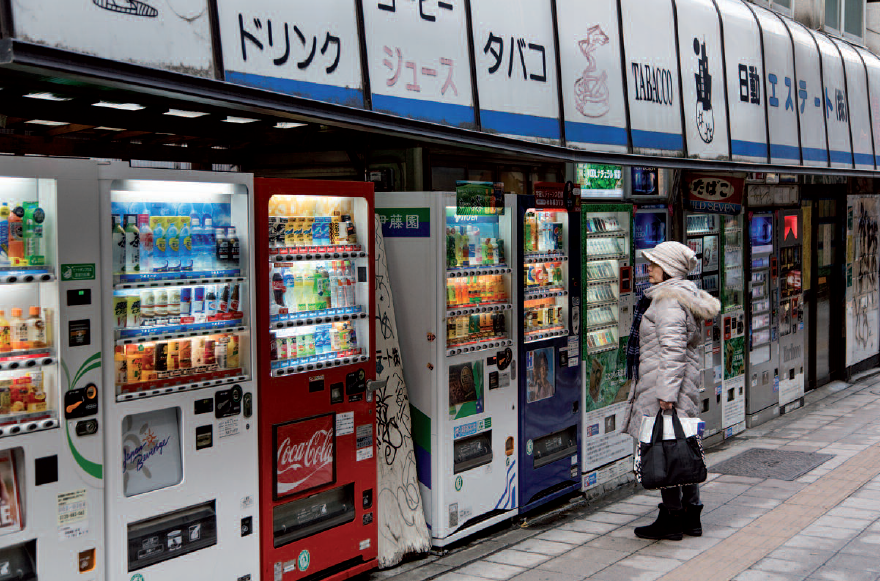
They are everywhere. From the north to the south, on top of Mount Fuji or under the sea and they are in service around the […]
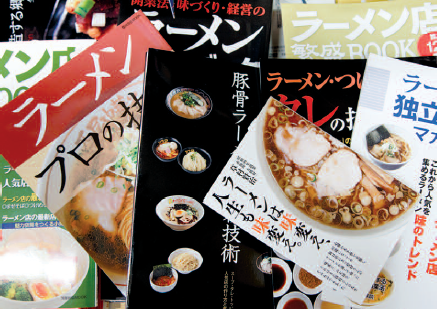
No only is it good to eat, nowadays ramen has a significant economic role to play in the country. In Japan, as in other developed […]
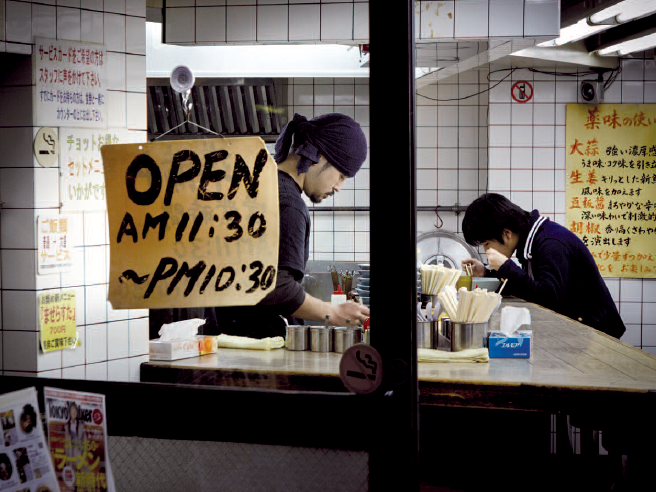
First it was sushi, now French consumers have discovered the pleasure of noodle soup. Zoom Japan investigated. Aware of the large part that popular […]
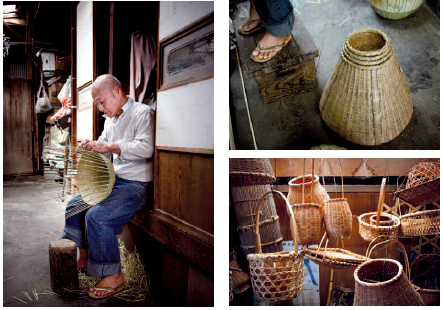
A late-comer to bamboo weaving, he learned everything from his father. Bamboo craftwork has a long history in Japan; excavations have revealed finely woven and […]
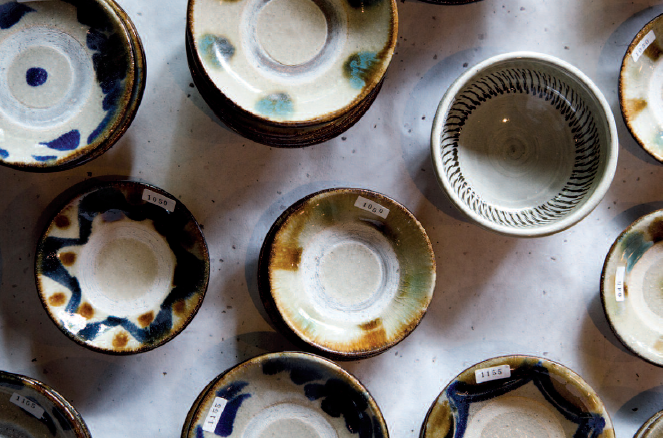
After re-appearing at the beginning of the last century, folk handicrafts are making a comeback, but with a different emphasis. In its November 2012 issue […]
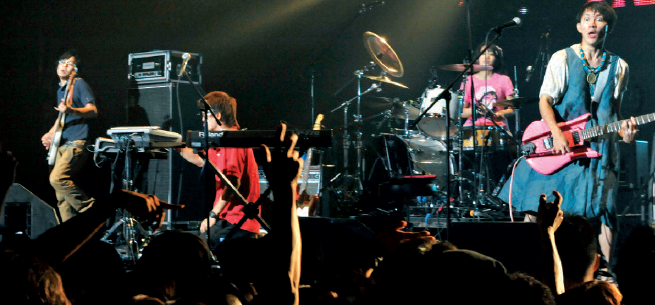
All around the world, dozens of artists and bands fight to defend their right to be different. It is no exception in Japan despite its […]

Situated close to Sapporo, this company is gaining increasing popularity amongst chocolate lovers. Hokkaido is famous for fish, shellfish, râmen (especially famous in Sapporo and […]
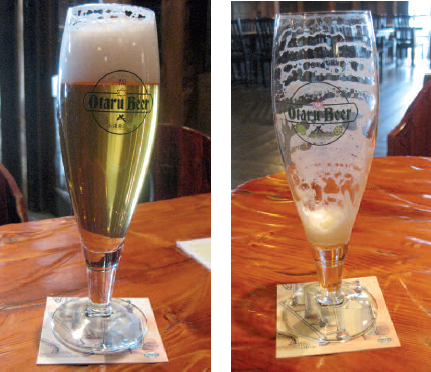
A few kilometres away from Sapporo, Otaru’s little port is experiencing a revival with help from a master brewer who comes from Germany. Nowadays, Otaru […]

For approximately 50 years, Château Ikeda has been building a solid reputation with its wine. On arriving in Ikeda on the Nemuro line, 250 kilometres […]
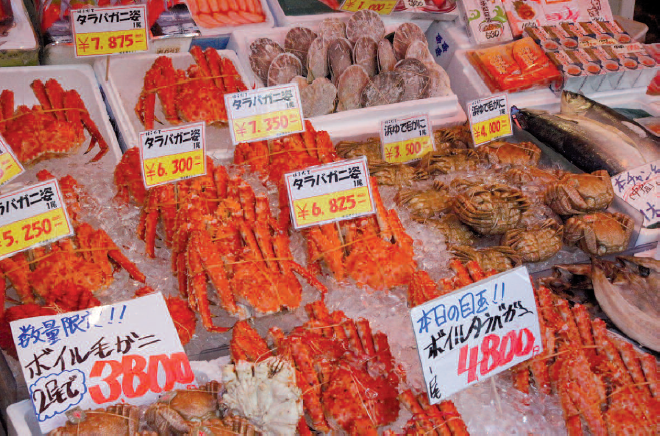
Long considered to be rather an isolated region, the island was often ignored, but thanks to new rail links, it has become more accessible. Last […]
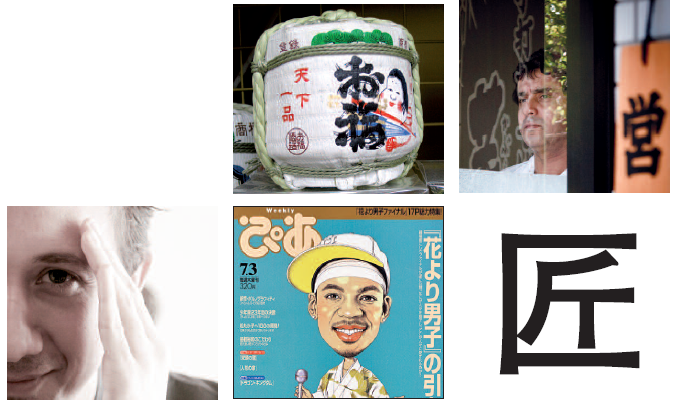
Many foreigners have settled in Japan over the past few decades and many of them have also worked there. And the Japanese, who wish […]
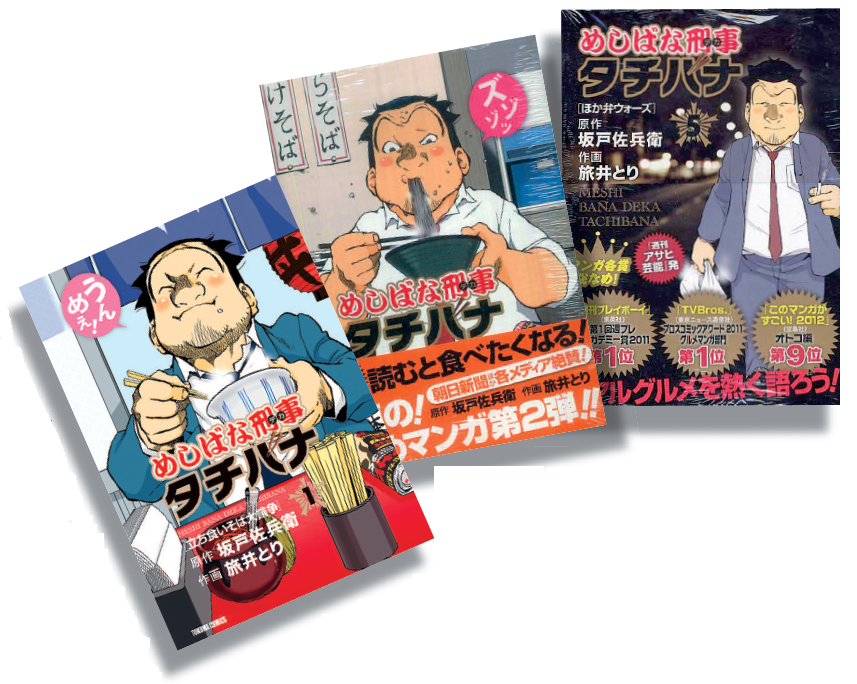
This is a story about a talkative cop who likes to eat, but most of all loves to talk. It is to be consumed enthusiastically… […]
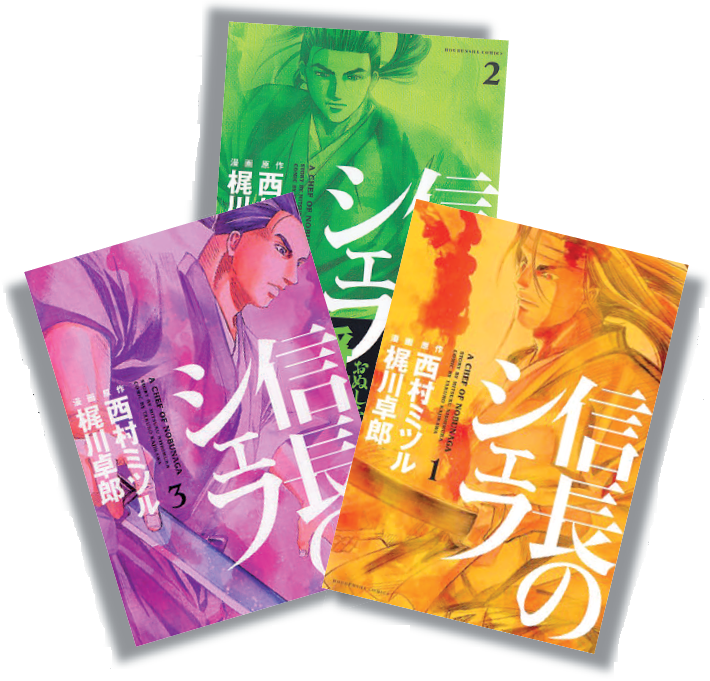
By using the historical figure of Oda Nobunaga as a character, mangaka have succeeded in creating several very imaginative stories. Over the past few years, […]

Arakawa Hiromu has taken a bold step with her new manga about agriculture. With Fullmetal Alchemist, Arakawa Hiromu has become one of the greatest names […]
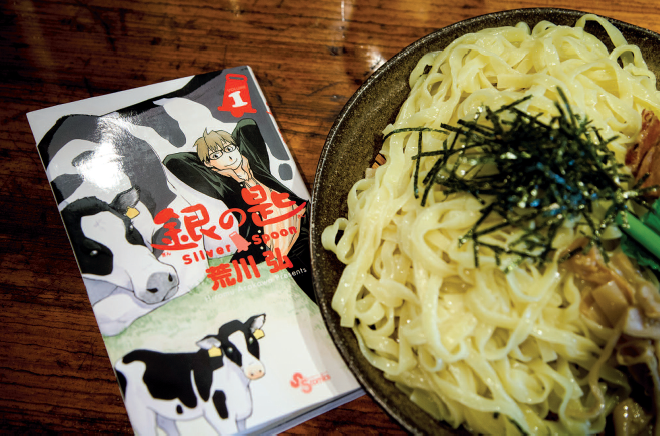
2011 and 2012 saw a marked change in the way Japanese people read comic books. Years go by but in the world of manga everything […]
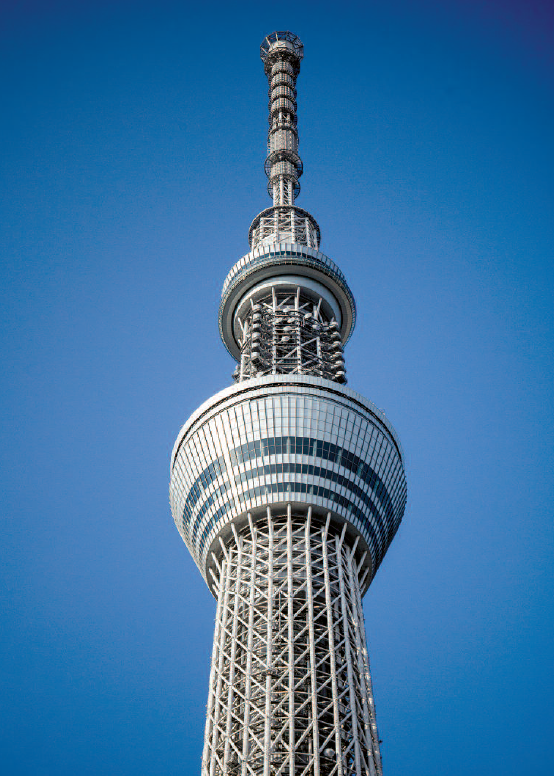
The opening of the Tokyo Sky Tree on the eastern side of the Japanese capital marks the start of a new era. Without doubt, Tokyo […]

© 1961 Toho Co. Ltd. Film directors recognized the symbolic value of the Tokyo Tower and it was often used as a setting in their […]
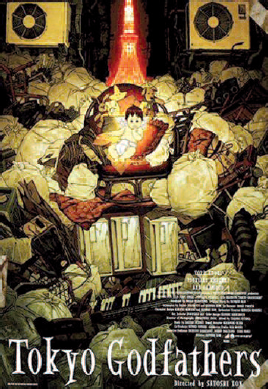
A tower within a tower Tokyo Tower was built during the years of strong economic growth in Japan. Now that the country is in crisis, […]
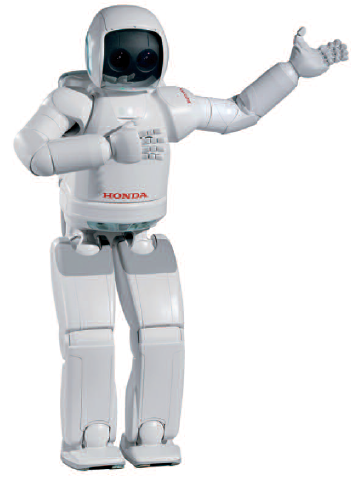
Whether for the future of their economy, or in everyday life, Japanese rely on robots. The car industry was the motor of our economy […]

In aeronautics, the Japanese are betting on international cooperation to establish their technology. In the field of aeronautics, the Japanese have acquired a solid reputation […]
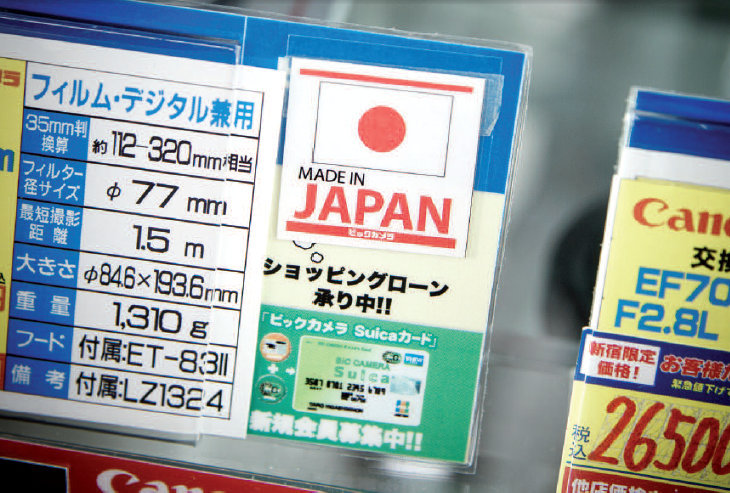
After a challenging year on all sides, the Japanese population is set to slowly regain trust in it’s own products. According to its end […]
Copyright © 2025 | WordPress Theme by MH Themes